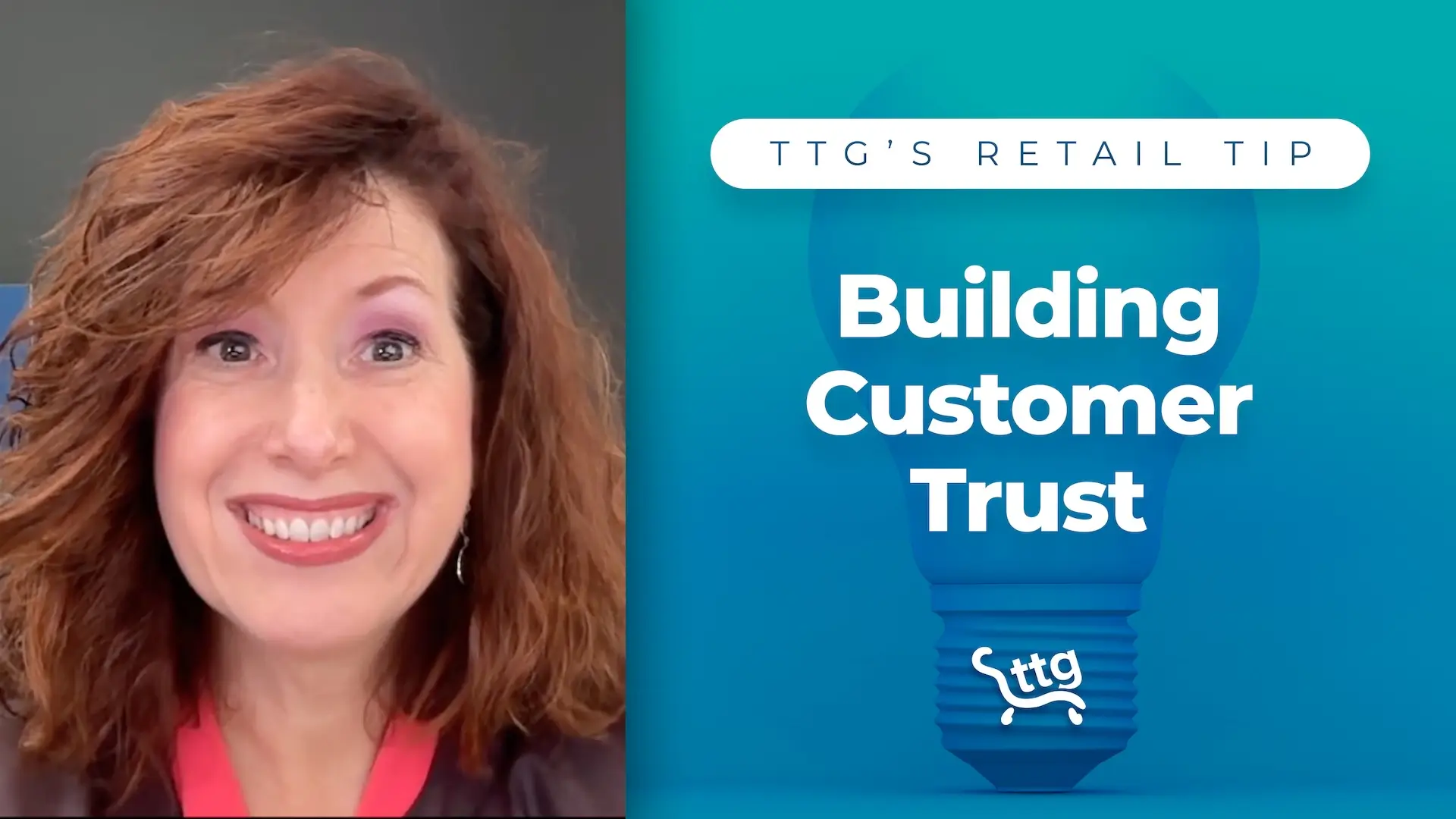Key Takeaways:
Why brand storytelling matters
How to tell your business’s story better
How to make compelling social media stories
Your business has a unique story to tell. How you tell this story and the methods you use to tell it play an important role in boosting your business’s recognition and increasing the engagement of your social posts. Let’s dive into why storytelling marketing matters in today’s sales environment. Then we’ll give you some practical tips for telling your brand’s story better and creating stronger stories on your social platforms.
The “Why” of Storytelling
In the current digital marketing world, more customers gravitate toward stories than ads. Stories are more personal and memorable than ads. (And they’ll get past your customers’ ad-blockers if they’re using one to ward off digital ads!)
Stories give you an opportunity to share why your business does what it does, not just what and how your business does it. As Simon Sinek puts it in “Find Your Why,” “Happiness comes from what we do. Fulfillment comes from why we do it.”
Granted, younger consumers have shorter attention spans. But they also shop their values. This means that, distractable as they can be, they’ll want to click on one of your social media stories that reveals the emotion and inspiration behind your brand. It’s a way for them to know your brand better and start feeling more connected to the services/products your business offers.
Storytelling marketing works for consumers of all ages. Because wanting to hear and share stories is part of what it means to be human. So, even if your target audience isn’t Gen Z, storytelling marketing is something you should be tapping into.
Another reason why storytelling marketing works is based on consumer expectations. It’s not just that consumers want you to tell your business’s story. They expect you to. People are incredibly skilled at weaving their own complex personal narratives online – and they expect the brands they interact with to do the same.
Storytelling Marketing Continues to Trend
Current statistics testify that more marketers are leveraging the power of social stories to boost their revenue. Whether that’s in the form of social stories or short-form videos like reels.
Per Linqia’s “the State of Influencer Marketing 2021” report, the most popular types of content among influencers are Instagram Stories and grid posts. According to TechJury, 70% of Instagram users watch stories each day. And 25% of Gen Z and Millennials use stories when shopping for products and services. And, as Marketing for Greatness shares, between 15% and 25% of people swipe the links in branded stories.
“Happiness comes from what we do. Fulfillment comes from why we do it.”
– Simon Sinek, Find Your Why: A Practical Guide for Discovering Purpose for You and Your Team
How to Better Tell Your Brand’s Story
Want to be a master storyteller? Here’s how to hone the fine art of sharing your brand’s story with current and prospective customers.
- Think Small (and Big).
Some stories are smaller while others will be bigger. For instance, maybe you post a graphic featuring a team quote, sharing the reason why you chose the location you did for your store. Or maybe it’s a bigger story like a series of video ads that explain each of your business’s core values in a fun way. - Different Ways to Format Stories.
Keep in mind that there are multiple ways to tell your brand’s story, from social media stories to GIFs to reels and everything in between. We recommend using a variety of methods so that your story will reach a wider range of customers regardless of their preferred media format. - Get Inspired by Others’ Stories.
Sharpen your listening skills and start getting inspiration from the stories that customers and colleagues tell you. The more you surround yourself with stories, the easier it will be for you to tell your brand’s story clearly and creatively. - Make Tangible Goals for Telling Your Brand’s Story.
Instead of focusing on one big goal like “get better at brand storytelling,” break this down into smaller milestones. For example, you could set a goal of posting one story on social media each week. A deadline will force you to choose a story idea and commit to sharing it.
“Great storytelling can make the difference between someone paying attention to you and someone just tuning you out.”
Christopher S. Penn, Digital Marketing Authority
Tips for Crafting Better Social Media Stories
Ready to start telling more powerful and memorable stories on your brand’s social media channels? Here are some tips to do just that!
- Define Your Audience.
When you know your audience, your story will have more focus and impact. (Bonus Tip: If you’re not sure who your target audience is, take some time to develop customer personas.) - Tap Into the Power of Captions.
Text plays a huge role in telling your business’s story, from the words you choose to the tone you pick. Well-written captions portray your brand’s personality and give context to the reader. They can also prompt your audience to take a certain action after interacting with your contact. - Leverage Engaging Visuals.
Don’t forget to focus on eye-catching visuals when sharing your brand’s story. According to Brain Rules, people remember just 10% of what they hear but remember 65% of what they see. - Let Customers Tell Your Brand’s Story.
You don’t have to tell your business’s story alone. Lean into user generated content (UGC). For instance, share photos and videos that customers have tagged you in social media channels. - Give Live Video a Try.
Show a behind-the-scenes look at your business with a live video. This type of media can tell your brand’s story in a raw and real way that makes your customers feel closer to you. - Add Links to Your Social Stories.
Whenever possible, embed links in social stories. It’s an effective way to keep the conversation going—and promote your business’s other content and products/services.
“When people hear information, they’re likely to remember only 10% of that information three days later. However, if a relevant image is paired with that same information, people retained 65% of the information three days later.”
Brain Rules (shared via Hubspot)
Need Help with Brand Storytelling?
Contact us at Technology Therapy® Group if you need help defining and sharing your business’s story. And make sure to check out the following trainings for more useful insights as you sharpen your storytelling skills and bolster your branding skills.
Tell Your Brand’s Story Better with TTG
Need help defining and sharing your business’s story but not sure where to start? Book a free consultation with a TTG pro!





